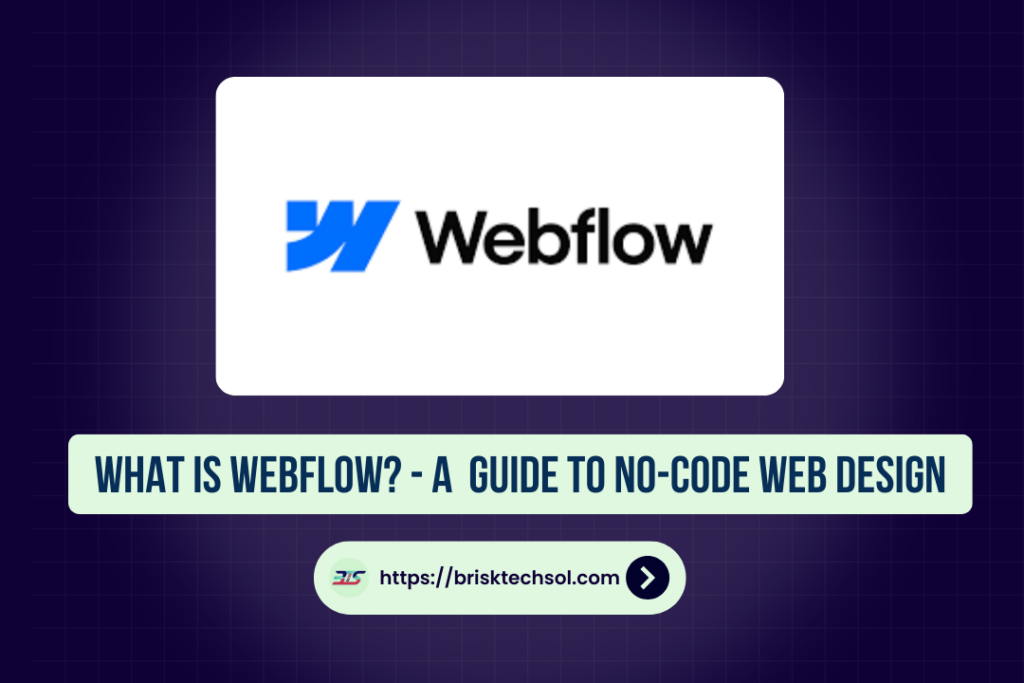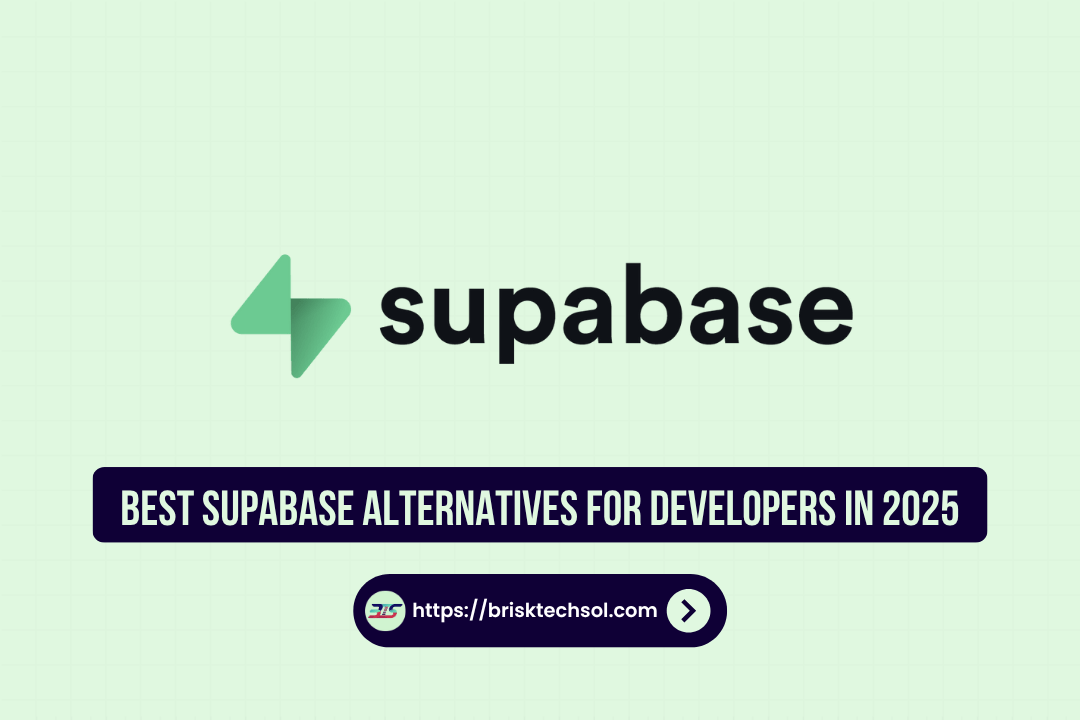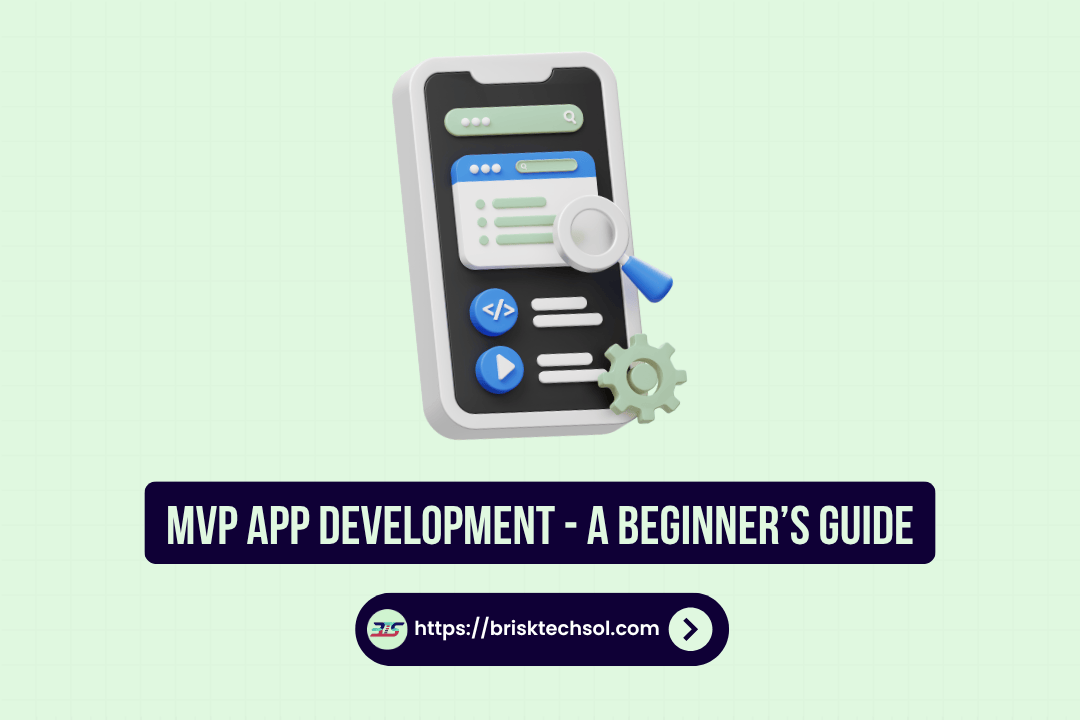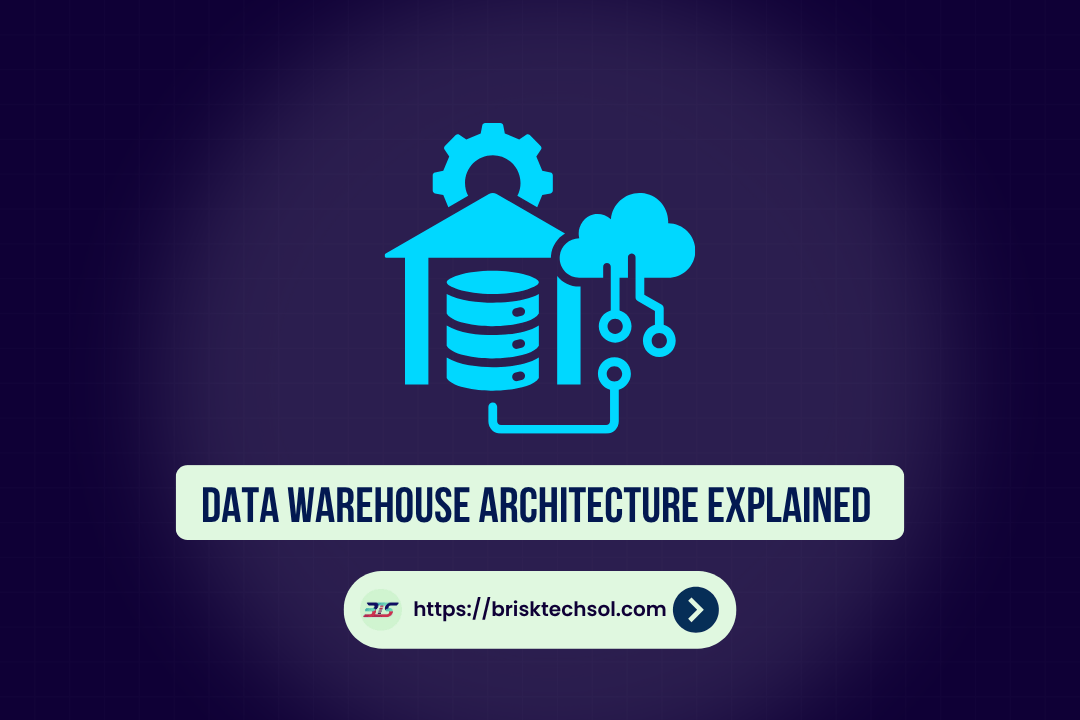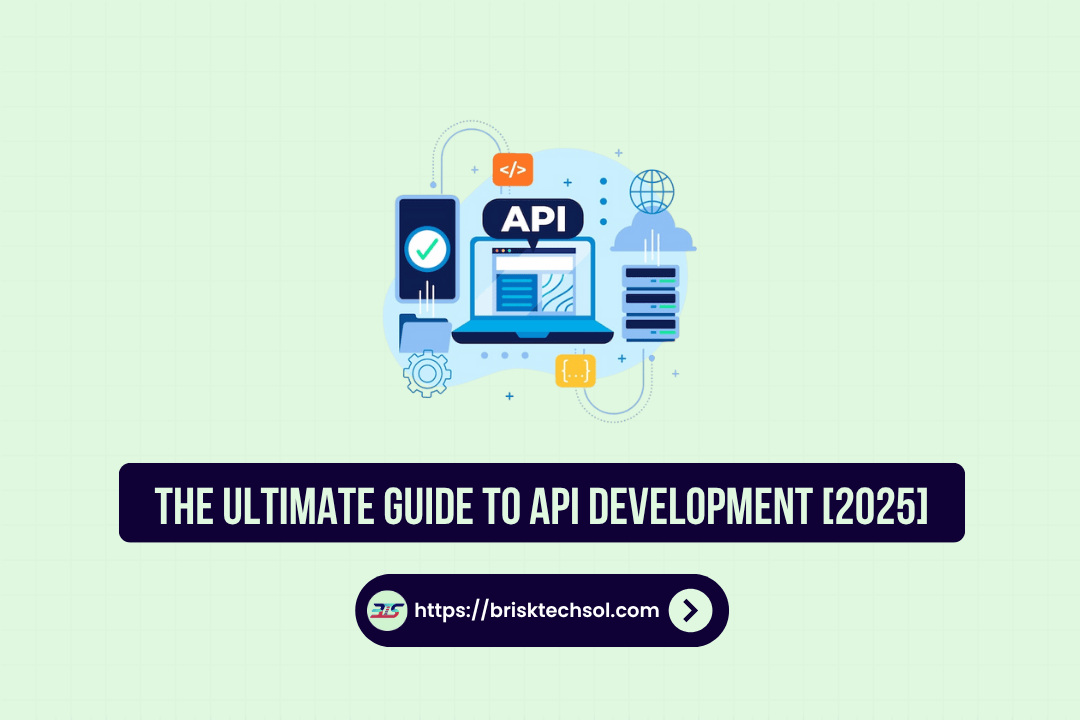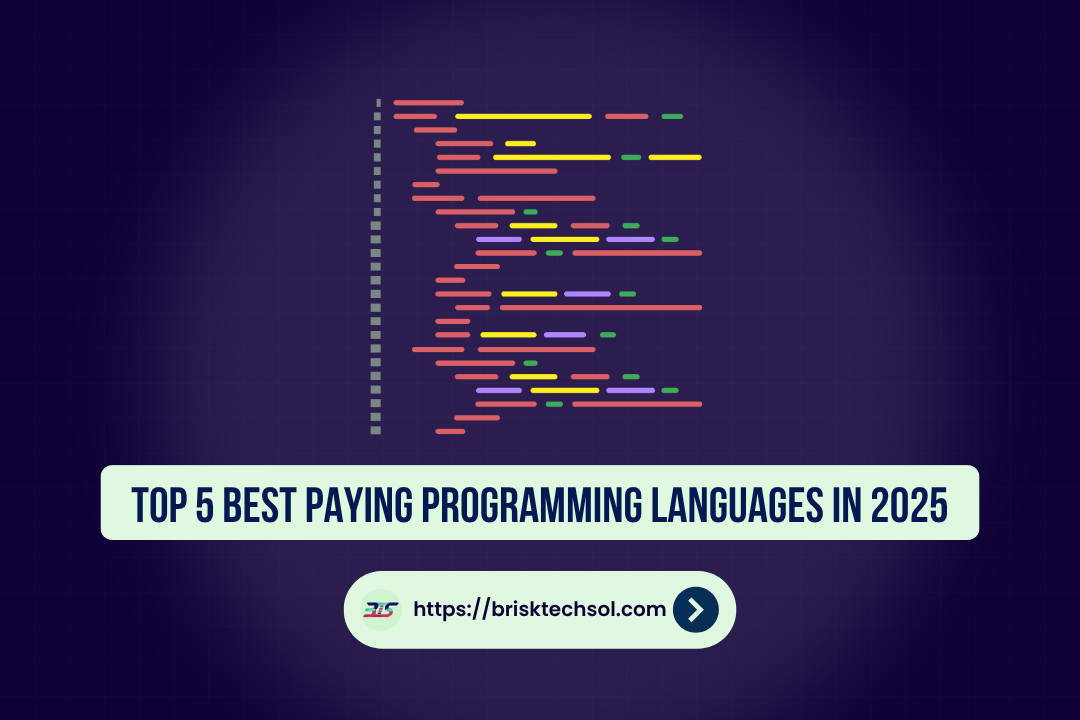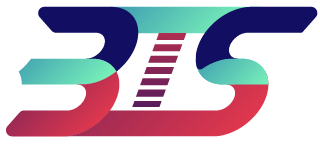Imagine designing a website without writing a single line of code, yet achieving complete control over every element. That’s the promise of Webflow a visual web design platform that empowers creatives to build responsive, interactive websites effortlessly. In this guide, we’ll explore what Webflow is, its key features, and how it’s revolutionizing the way designers and developers create digital experiences.
What Is Webflow?
Webflow is a no-code web design tool that allows you to design, build, and launch websites visually. Unlike traditional platforms that require coding knowledge, Webflow provides an intuitive, drag‑and‑drop interface combined with a powerful CMS and e‑commerce capabilities. It bridges the gap between design and development, letting you create production‑ready websites without writing code manually.
Key Points:
- Visual Design: Create layouts visually with drag‑and‑drop functionality.
- Clean Code Export: Generates clean, production‑ready HTML, CSS, and JavaScript.
- CMS & E‑Commerce: Offers built-in tools to manage content and online stores.
- Responsive Design: Easily design for different devices with flexible breakpoints.
The Evolution of Web Design
Web design has evolved significantly over the years. From static HTML pages to dynamic, interactive websites, the industry has always sought tools that streamline the process without sacrificing quality.
Traditional vs. Modern Web Design
- Traditional Methods: Required extensive coding and technical skills.
- Modern Approach: Embraces visual tools like Webflow that empower designers and reduce reliance on developers.
Webflow embodies this modern approach by providing a platform where creativity and technology merge seamlessly, enabling rapid prototyping and iterative design.
Core Features of Webflow
Webflow packs a wide range of features that set it apart from other web design platforms. Here’s a closer look at what makes Webflow unique:
Visual Design and Interaction
Webflow’s visual editor is designed for precision and flexibility. Designers can visually arrange elements, adjust styles, and create complex interactions without writing code.
- Drag‑and‑Drop Interface: Easily add and reposition elements.
- Customizable Styles: Fine‑tune typography, colors, spacing, and animations.
- Interactions and Animations: Create dynamic effects like hover states, scroll animations, and click interactions.
Responsive Design Tools
With Webflow, building a responsive website is straightforward. The platform allows you to design for various devices by setting custom breakpoints.
- Multi-Device Previews: See how your design adapts on desktops, tablets, and mobile devices.
- Custom Breakpoints: Tailor your layout for different screen sizes.
- Fluid Grids: Ensure elements resize proportionally for a consistent look across devices.
Content Management System (CMS)
Webflow includes a robust CMS that gives you control over dynamic content. It’s ideal for blogs, portfolios, and any site that needs regular updates.
- Custom Collections: Organize and structure content with ease.
- Editor Access: Allow clients or team members to update content without altering design.
- Dynamic Templates: Design once and populate multiple pages with unique content.
E‑Commerce Capabilities
Webflow’s e‑commerce features empower businesses to set up online stores without needing extensive technical know‑how.
- Product Management: Easily add, edit, and organize products.
- Custom Checkout: Design a checkout process that aligns with your brand.
- Payment Integration: Support for multiple payment gateways for smooth transactions.
- Order Management: Track orders, manage inventory, and optimize your sales funnel.
Hosting and SEO Tools
Webflow provides secure hosting and integrated SEO tools to help your website perform well and rank higher in search engines.
- Fast, Secure Hosting: Enjoy reliable uptime and robust security features.
- SEO-Friendly: Tools to optimize meta tags, alt texts, and responsive images.
- Global CDN: Improve site speed with content delivered from servers worldwide.
How Webflow Works
Understanding how Webflow functions can help you leverage its full potential. The platform follows a visual development process that mimics traditional coding without the steep learning curve.
Design Phase
Start by designing your website using Webflow’s visual editor. Every change you make reflects real‑time updates, and the interface lets you see your design on multiple devices.
- Layout Building: Use sections, containers, and grids to structure your site.
- Style Editing: Adjust fonts, colors, and spacing with intuitive controls.
- Component Libraries: Access pre‑designed elements and symbols to speed up the process.
Development and Code Generation
While you design visually, Webflow automatically generates clean code in the background. This code is production‑ready, meaning you can publish your site directly without additional development.
- Automatic Code Export: HTML, CSS, and JavaScript are generated as you design.
- Custom Code Integration: For advanced users, Webflow allows you to insert custom code snippets.
- Version Control: Keep track of changes and roll back if necessary.
Publishing and Hosting
Once your site is ready, Webflow makes it simple to launch. You can publish your site with a single click and benefit from their integrated hosting solution.
- Instant Publishing: Push your changes live immediately.
- Responsive Hosting: Benefit from fast loading times across devices.
- SSL Certificates: Secure your site with built‑in SSL for encryption.
Benefits of Using Webflow
Webflow is more than just a design tool—it’s a complete solution that offers significant benefits to designers, developers, and businesses.
Empowering Designers
Webflow enables designers to bring their ideas to life without waiting for developers. This autonomy fosters creativity and speeds up the design process.
- Rapid Prototyping: Quickly create interactive prototypes.
- Visual Precision: Fine‑tune designs without coding constraints.
- Design-Development Harmony: Bridge the gap between design and development.
Cost and Time Efficiency
By streamlining the design and development process, Webflow helps save both time and money.
- Reduced Development Costs: Eliminate the need for extensive coding.
- Faster Time-to-Market: Launch websites more quickly.
- Simplified Maintenance: Update content and design with ease.
Enhanced User Experience
A well‑designed website improves user satisfaction and engagement. With Webflow, you can craft experiences that are both visually appealing and highly functional.
- Seamless Interactions: Create smooth animations and transitions.
- Responsive Design: Ensure your site looks great on every device.
- Optimized Performance: Fast loading times and secure hosting enhance UX.
Webflow vs. Traditional Web Design
Comparing Webflow with traditional web design methods can help you understand its advantages.
Traditional Methods
Traditional web design often requires writing code from scratch or using cumbersome content management systems that limit design flexibility.
- Coding Intensive: Requires expertise in HTML, CSS, and JavaScript.
- Longer Development Cycles: Involves multiple rounds of revisions and handoffs between teams.
- Fragmented Workflow: Separate tools for design, development, and hosting.
Webflow’s Approach
Webflow combines design, development, and hosting in one platform, making the process more integrated and efficient.
- Visual Design Interface: Create and edit your site visually.
- Automatic Code Generation: No need to write code manually.
- Unified Workflow: Manage design, development, and publishing all in one place.
- Flexibility: Customize without limitations, and export code if needed.
Bullet Points: Webflow Advantages
- Streamlined design-to-development process.
- Cost-effective and faster turnaround.
- High level of creative control without coding.
Challenges and Considerations
While Webflow offers many benefits, it’s important to be aware of potential challenges:
Learning Curve
- Initial Setup: Designers new to Webflow may face a learning curve in mastering its interface and features.
- Best Practice Adoption: Familiarizing yourself with best practices ensures efficient use of the platform.
Advanced Customization
- Complex Integrations: For highly customized functionality, you might still need some coding expertise.
- Export Limitations: Although Webflow allows code export, integrating with existing systems may require additional development.
Cost Considerations
- Subscription Model: Webflow operates on a subscription basis, which may be a consideration for budget‑conscious projects.
- Feature Tiers: Advanced features and hosting plans come at a higher cost.
Key Takeaways:
- No-Code Empowerment: Webflow lets you design and launch fully functional websites without coding, making web design accessible to everyone.
- Unified Workflow: It combines design, development, and hosting in one platform, streamlining processes and reducing time-to-market.
- Responsive Design: Create websites that look great on any device using flexible breakpoints and fluid grids.
- Built-In CMS & E‑Commerce: Manage dynamic content and run online stores seamlessly within the platform.
- Clean Code Generation: Automatically produces production‑ready HTML, CSS, and JavaScript.
- Enhanced User Experience: Intuitive tools and real‑time previews help craft engaging digital experiences.
- Cost and Time Efficiency: Saves resources by reducing development time and expenses.
- Challenges: A learning curve for beginners and subscription costs may be factors to consider.
FAQs
1. What is Webflow?
Webflow is a no-code web design platform that allows users to visually design, build, and launch websites without needing extensive coding knowledge.
2. Who can benefit from using Webflow?
Designers, creative agencies, startups, and e‑commerce businesses can all benefit from Webflow’s intuitive design tools and robust CMS features.
3. How does Webflow differ from traditional web design tools?
Unlike traditional tools that separate design, development, and hosting, Webflow combines them into one platform, streamlining the entire process.
4. Is Webflow suitable for e‑commerce sites?
Yes, Webflow offers robust e‑commerce capabilities, allowing businesses to create custom online stores with ease.
5. What are the main challenges of using Webflow?
Some challenges include a learning curve for beginners, potential limitations in advanced customization, and subscription-based pricing.


